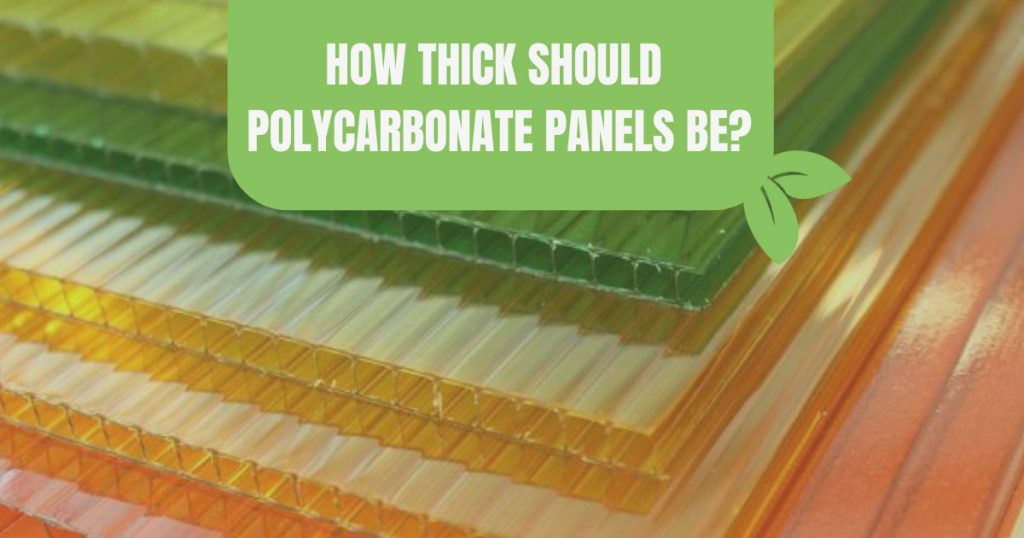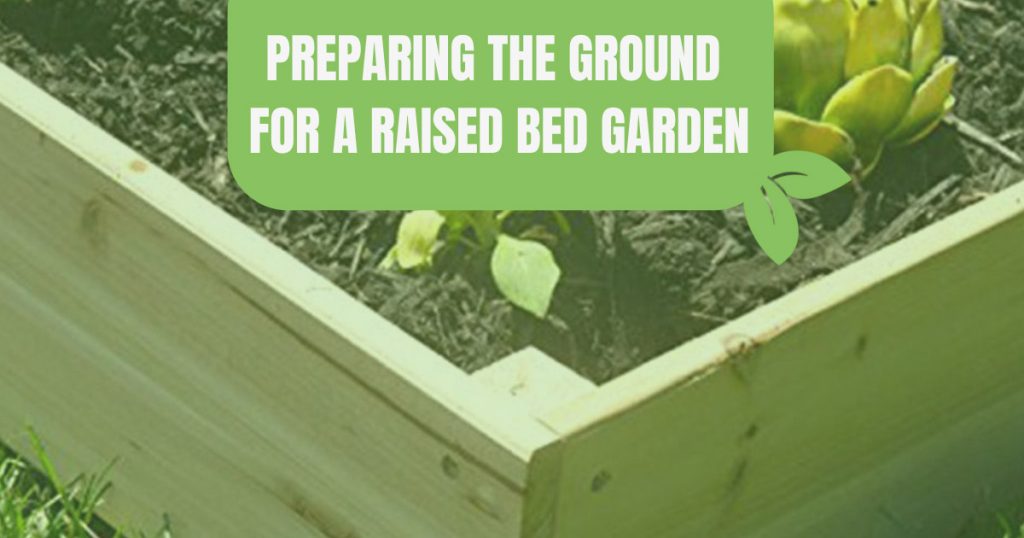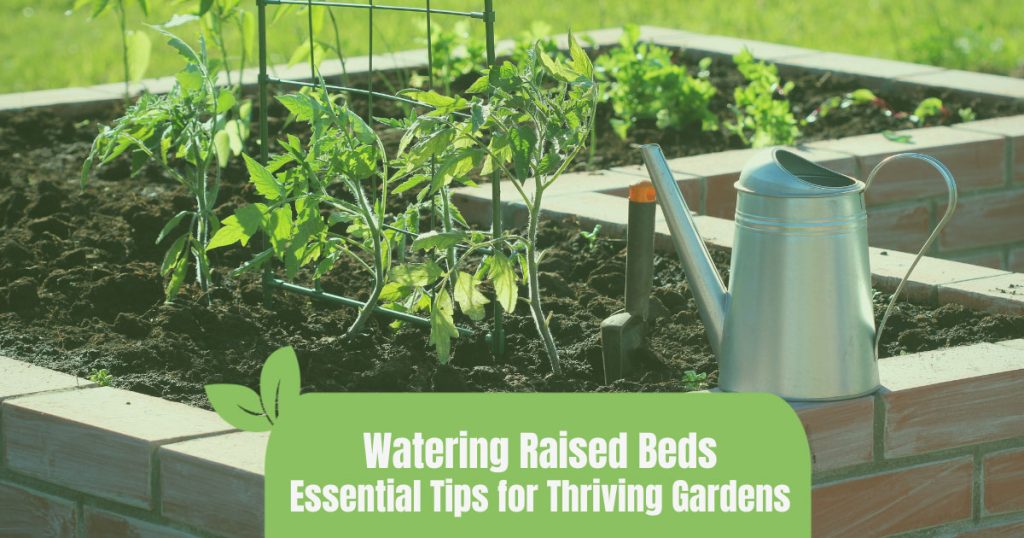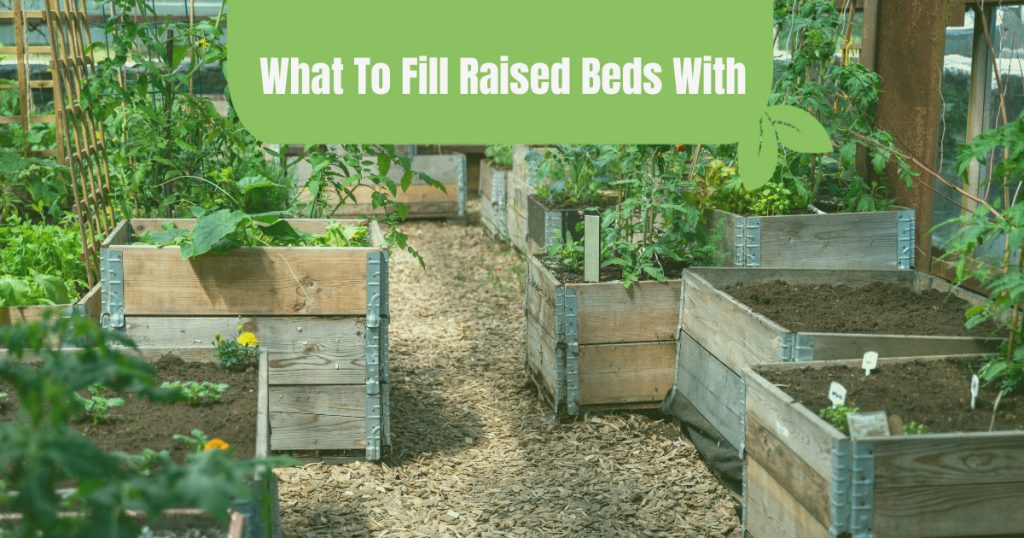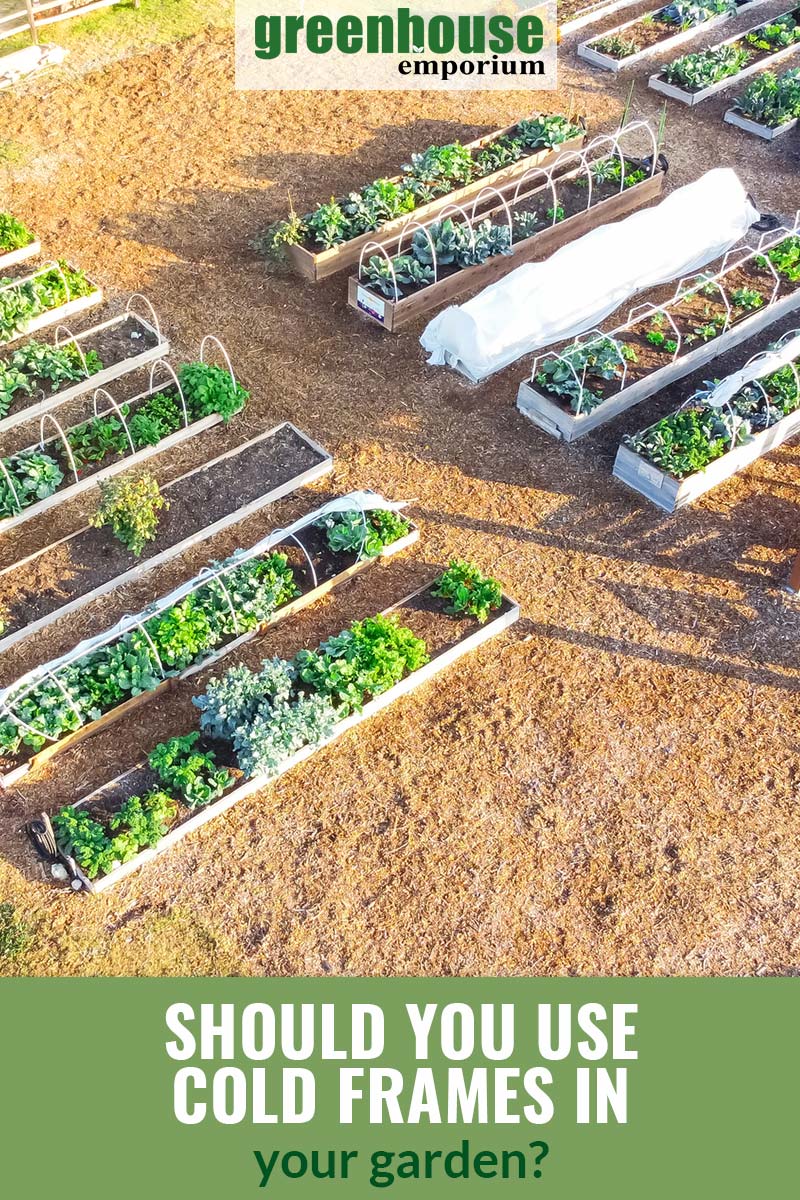
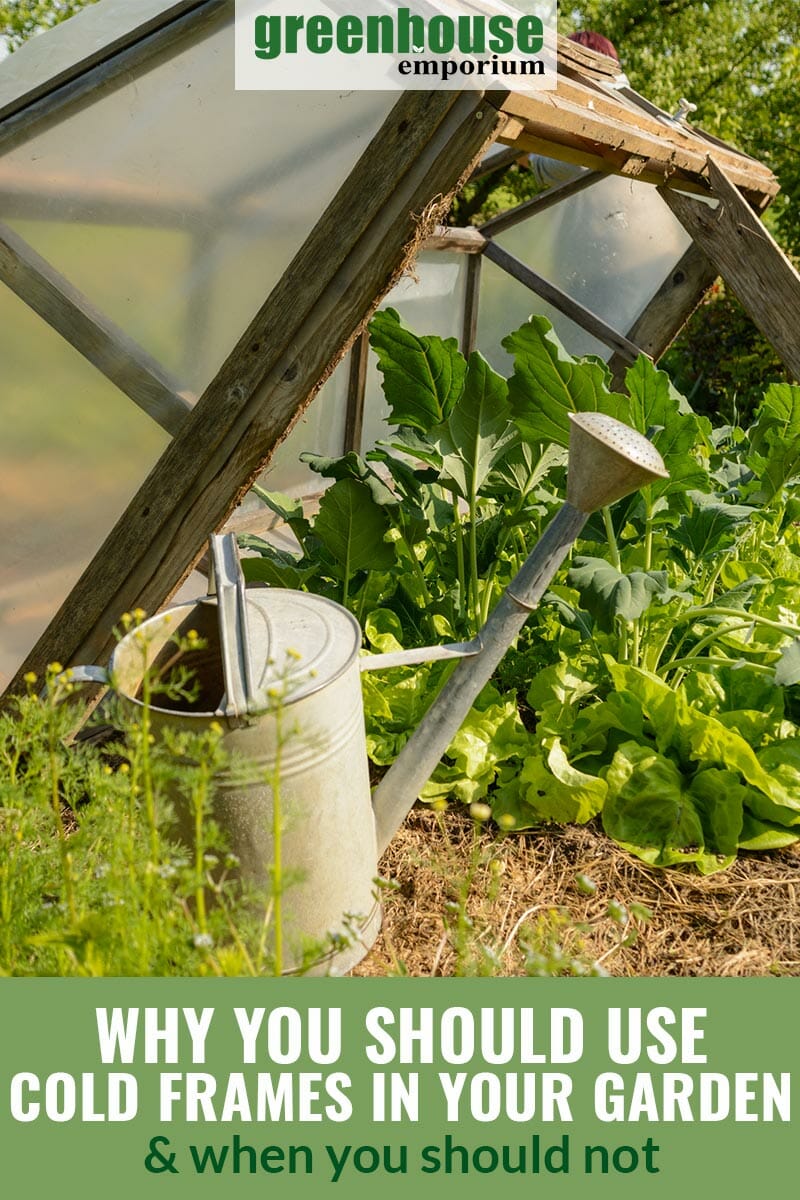
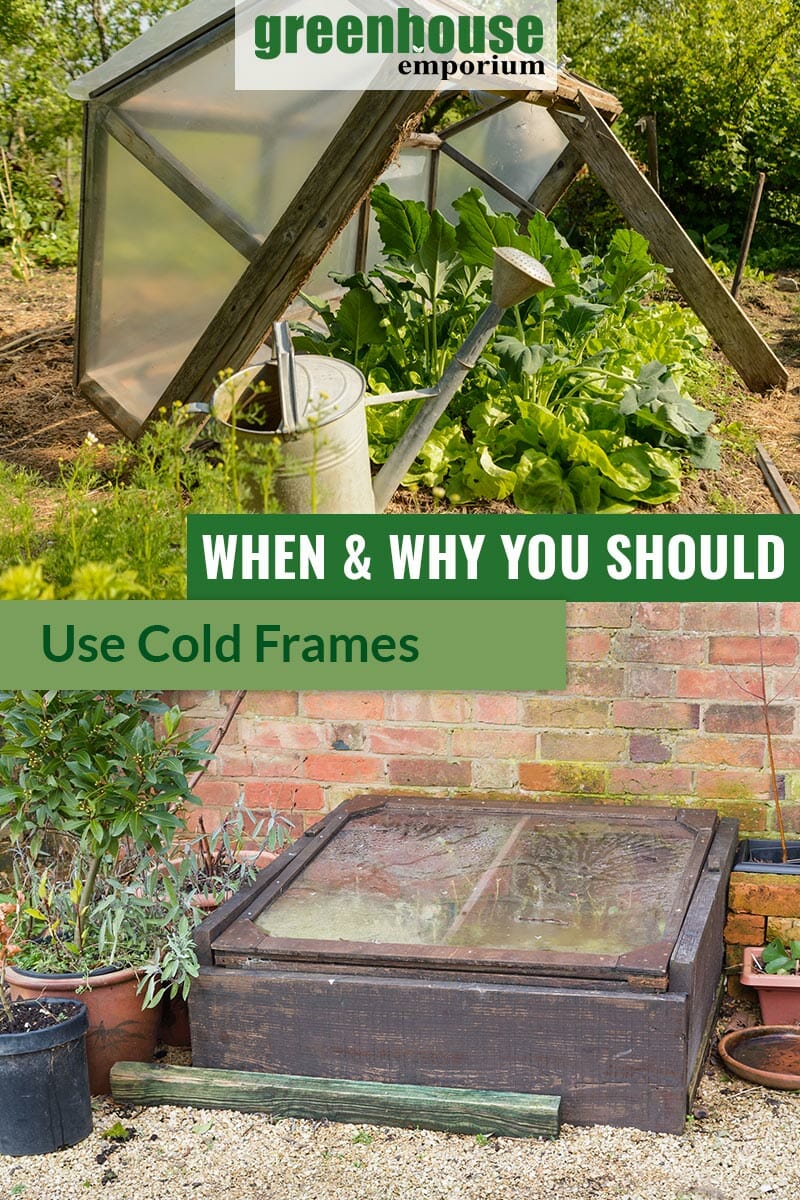
Do you live somewhere with cold, harsh winters? Are you tired of not being able to grow beyond the summer months? Although a full greenhouse can help you grow all year long in cold climates, installing one can be difficult and costly. Cold frames are a great alternative that can help you get more out of your growing season.
By covering and insulating your plants with a cold frame you can harvest later, start plants earlier, and even overwinter frost-tender plants. Cold frames can also protect plants from harsh weather such as wind, rain, and hail, and when properly maintained they can be used all year long.
Cold frames can come in all shapes and sizes, but most are designed to fit over or around individual garden beds. If you’re feeling handy, you can easily construct one yourself, but there are also great cold frames on the market for you to buy. Here, we’ll go further into the why and when of using cold frames, as well as which designs will work best for you.
Why should you use a cold frame?
Most gardeners would benefit from using a cold frame. Even if you experience relatively mild winters, chances are that your growing options become limited as temperatures drop. Cold frames let you grow and harvest beyond the growing season (which is dictated by your local climate and the number of frost-free days).
In especially cold climates, the growing season might be limited to the summer months. So if you’d like to keep those carrots in the ground a little longer, or start your tomatoes a little earlier, you could use a cold frame to provide extra protection and insulation from the elements.
Benefits of using cold frames
- Extends the growing season
Cold frames can extend the growing season as much as 1-3 months beyond your frost-free climate! With a cold frame you can leave certain cold-hardy plants like greens and root vegetables well into the depth of winter until you’re ready to harvest them.
Fun fact: some plants such as kale will actually taste better after a frost!
- Protection from the elements (and animals)
A cold frame keeps plants warm by insulating them, but they also protect from wind, rain, snow, and hail. Plus, cold frames have the added bonus of keeping out pests and animals such as snails, rabbits, and deer, which would happily snack on your vulnerable sprouts and seedlings.
- Easy to use
Most cold frames can be assembled quickly and put to use immediately. They are not technically challenging to use. They are mobile and versatile so they can be moved around the garden throughout the season and over the years.
Larger cold frames do take some assembly work but once they are up they are easier to maintain and move than a full-size greenhouse.
- Inexpensive
Compared to a traditional greenhouse, cold frames are much less expensive to buy and even less so to build yourself with scavenged materials. Moreover, they are less expensive to maintain since there’s no electrical bill associated with a simple cold frame.

Disadvantages of cold frames
- Limited space
Cold frames are limited by their structure, or lack thereof. Unlike a full-size greenhouse, you can’t stand up in a cold frame because they tend to be built low to the ground, or right on top of an existing garden bed. This might make working in the garden slightly more challenging, but certainly not impossible.
- Can’t control the temperature
Although cold frames undoubtedly extend the growing season, they are limited in how much they can protect plants from the cold. When temperatures drop way below freezing, cold frames become less efficient without some additional insulation (such as heavy blankets). Once temperatures start rising again in the spring, you just have to make sure to keep the cold frame vented during the day so as to not overheat the plants.
When should you use a cold frame?
If you live somewhere with a long cold season and a short growing season, too short to grow even most summer vegetables, for example, a cold frame can help you keep an outdoor garden going even when temperatures dip below freezing. Keep reading to learn more about the different ways you can take advantage of a cold frame!

To protect plants during the winter
If you love tropical plants in your garden beds but know they will be damaged by harsh winter elements, you can either bring them inside or put them in a cold frame. If you have a lot of plants and minimal indoor space then a cold frame can really come in good use.
A cold frame also provides the plants with direct sunlight, though you have to be careful to vent or shade the cold frame if temperatures rise significantly during the day. When overwintering plants, you want to make sure they stay alive, but dormant.
To extend the growing season beyond the first frost
If you are looking to grow past the first frost, then a cold frame is the perfect solution! You can cover your plants with a cold frame before it freezes, or even grow your plants directly inside one and keep it ventilated while temperatures are high. Alternatively, you can move existing plants into the cold frame to keep them alive for weeks past the first frost.
Not only does this allow you to keep harvesting later into the season, but it might even give you the opportunity to grow plants that need more time than your regular growing season allows.
To start seedlings early
In the same way that cold frames extend the end of the season, they can also provide an early start. Seeds can be started a few weeks early in a cold frame or up to six weeks earlier in a greenhouse or indoors. If you start them in a warm environment they will need to be transplanted to the cold frame for a few weeks before being fully exposed to the outdoors.
To harden off young plants
If you have started certain plants indoors and need to move them outside, you should first harden them off by taking them outside for a few hours each day, or by moving them into a cold frame. To learn more about the hardening off process, you can read this article.
Be careful: cold frames can heat up quite a bit during the day, so they should be vented to allow the plants to acclimate slowly and prevent overheating.
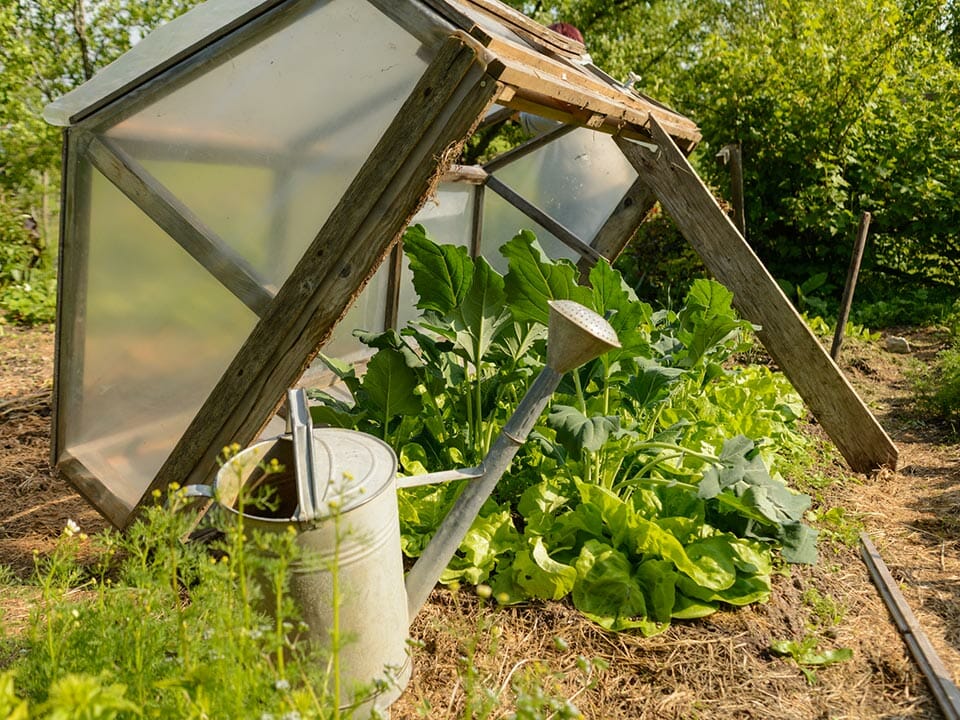
What kind of cold frame is best for me?
There are many different shapes and sizes of cold frames to fit your needs. Whether you are looking for a frame to cover a small, shallow garden bed or a larger space, there’s one that’s right for you!
Flat frame
If you have a single bed that needs some extra protection, then a small pre-made frame can be used or you can construct your own with some framing and a sheet of glass or polycarbonate topper. This temporary set up can be easily improvised and moved if necessary.
Sunken frame
A sunken cold frame is exactly what it sounds like. It’s similar to a basic flat frame, but it’s sunk into the ground. You can do this by digging out a space and creating walls using materials such as cinder blocks, then adding a cover with a sheet of glass or polycarbonate.
Sunken frames are especially useful for overwintering cold-tender plants. The soil provides insulation, while sunlight adds warmth during the day. For particularly cold-tender plants, make sure that the insulation is sufficient to keep them alive all winter long (or you might have to move them inside).
You can even take it a step further to provide more insulation. If you dig below the frost line to set up the cold frame, your plants will survive even colder temperatures. This, of course, only works if your local frost line is only a few feet below the surface. Otherwise, your plants won’t get enough sunlight.
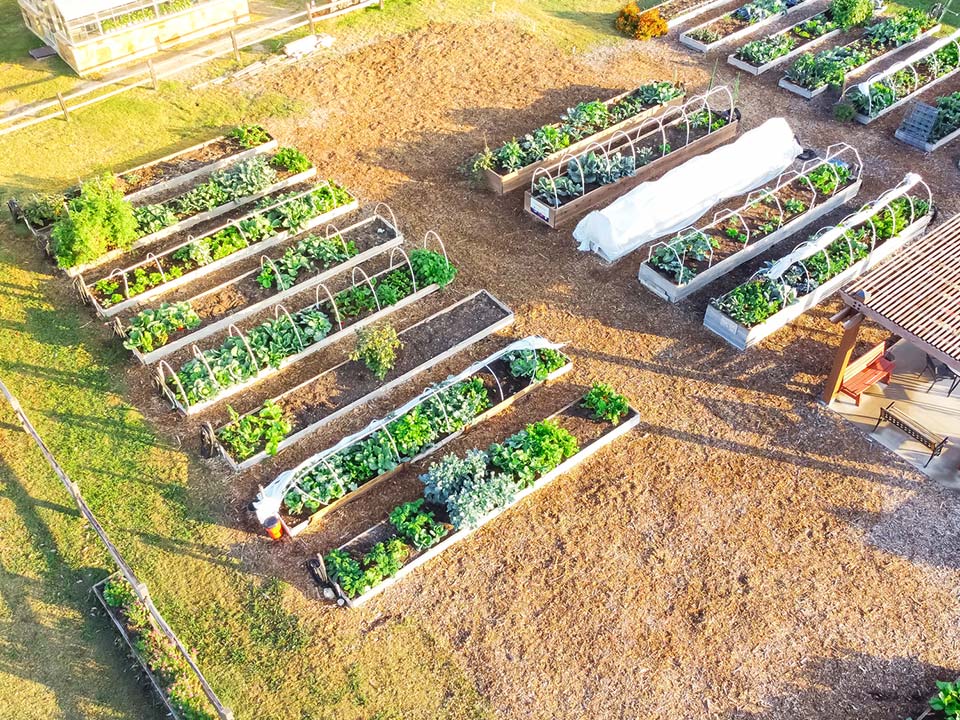
Hoop frame
If you have started growing a row of plants like tomatoes and would like to keep them growing past the first frost, a DIY hoop cold frame can be created in place with some rebar or stakes, PVC, and polycarbonate film.
Simply place stakes on either side of the crop line and bend PVC over to create a hoop. Do this at intervals and then cover the hoops with polycarbonate film to complete the protective covering. When the weather is warm, the film can be rolled back during the day to prevent overheating.
Box frame
For starting seeds early or having a station to harden seedlings and new plants, you may want a box cold frame. If you think you will use it for years to come, you can have one semi-permanently installed over a garden bed or against the wall of your house (for added protection).
Serious growers may want something large enough to stand up in, in which case it might be advisable to look at greenhouse options.
Tips for a successful cold frame garden
To make the most out of your cold frame garden, there are a few important things to keep in mind:
Pick the right size and shape cold frame for your garden
Are you covering a single small bed, or multiple? Do you want to cover an entire row (or multiple rows) of plants? Do you want to use it mainly for overwintering plants, or to extend your growing season? When you can answer these questions, you’ll be able to easily choose the right cold frame for you.
Use cold frames to harden off seedlings and young plants
All seedlings grown in a warm climate, whether indoors, in a nursery, or in a greenhouse, should be hardened off before being planted directly in the ground, especially when temperatures are still cold at night. Put that cold frame to good use by having it as a sort of “intermediary” station for your young plants!
Add extra insulation if needed
Although you can’t exactly control the temperatures inside a cold frame like you can with a greenhouse, you can try to keep your plants adequately insulated. You can add thick blankets around the bed or on top at night, or add materials such as straw around the plants themselves.
Timing is key!
For a successful cold frame garden, it’s important to keep an eye on temperatures. Notice when temperatures start to drop in the fall, and when they rise in the spring. You can use tools such as local weather data or the Old Farmer’s Almanac to predict when your first and last frosts might be, so that you can extend your growing season as much as possible in both directions!














